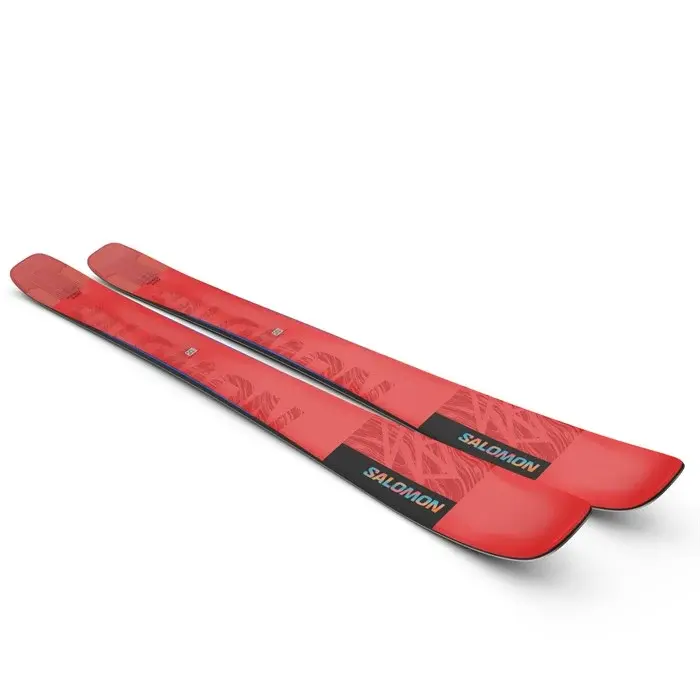Binding Basics: Types and Etc
- Constance Traynor

- May 22, 2024
- 3 min read
Updated: Aug 14, 2024
You bought those beautiful skis and you’re ready to shred. Or at least you are if they come with bindings. Beginner skis and race skis will often come with bindings, if you’re not in that category the daunting task of picking a binding can become a task that is well a task.
Why even try to understand bindings when you can just ask someone at store to tell you what to buy? Bindings are one of the most crucial pieces of safety equipment. A nasty crash? You pray for that ejection. You’re progressing and beginning to ski at a more aggressive stance and speed, did you pre release? Lets dive into some basics to help you understand what you need.
What’s a binding anyways?
A ski binding is the device that connect your ski boots to your skis. You click in, and poof the magic begins. Ski bindings are designed to help you eject when a certain amount of torque is applied to the binding in the event of a crash to help you eject. By doing this it can aid in preventing injury.
Binding Basics- DIN, Brakes, Type, Etc
DIN: DIN or release value is the industry adopted scale of release force setting. Your DIN is like a finger print unique to you. DIN setting is based on your- age, weight, ability, height, and sole length. Your DIN will change throughout your skiing progression.
A beginner skier will have a lower DIN setting than a skier of a few seasons and so on. If you are a newer skier (less than a few seasons) a ski binding of a low DIN of 6-7 is a binding that is less than a ideal. A binding with a DIN low of 3 is much more appropriate.
* Always have your skis tested with your personal ski boot by a shop to ensure proper safety.
Ski binding brake
Brakes: You know those wide things that are on the side of your skis? Those are the brakes. They have an amazing function, to slow down your ski when it ejects so you don’t spend all day searching for a lost ski. Brakes come in different sizes or widths.
Your brake width will be determined on the skis waist (how wide the skis are). Its essential that the brakes fall in goldilocks realm of fitting just right. Too wide you run the risk of catching the tail, too small it may not fit if you’re not able to stretch the break out.

Type: You’ll see ATX (touring), Hybrid, Downhill (alpine), etc. The binding that you pick helps determine the type of skiing you are able to safely ride. A downhill or alpine binding is what the majority of population is looking for when it comes to resort skiing. Hybrid bindings are a good option for those who may dabble in back country however want a binding that is not a kingpin binding. Touring bindings are whole other beast. Back country skiers are searching for unique features from weight, to hill lift, etc. We will get deeper into the hybrid and touring bindings later.
Important to note, that not every ski boot works with every binding. For example touring boots may not be compatible with alpine bindings and vice versa. Please ask your ski tech and verfiy before purchasing any binding with your boot.







Comments